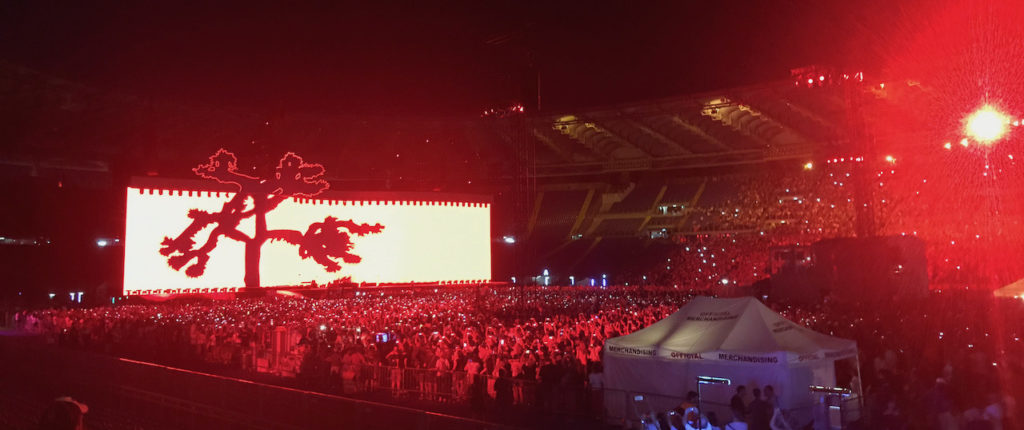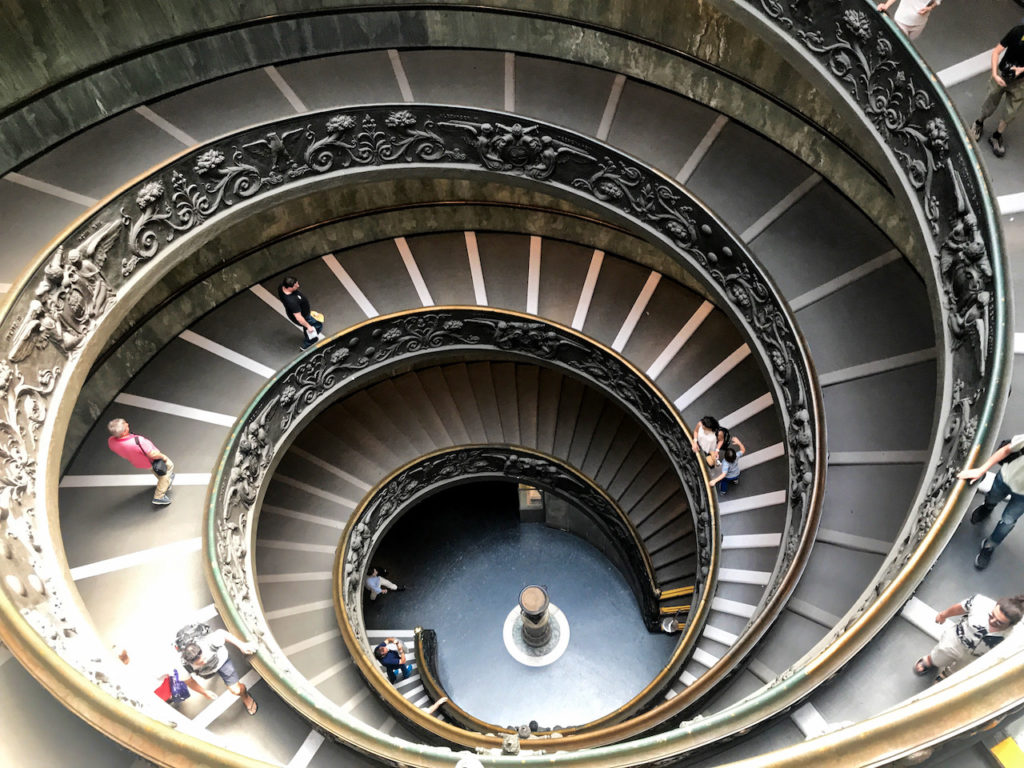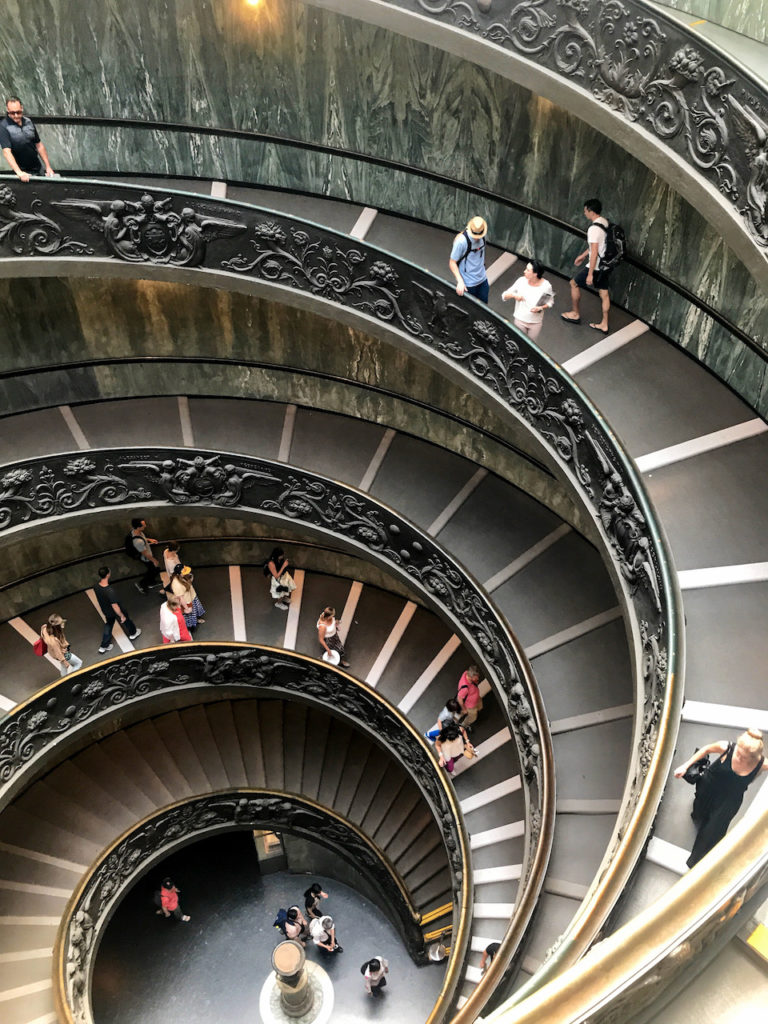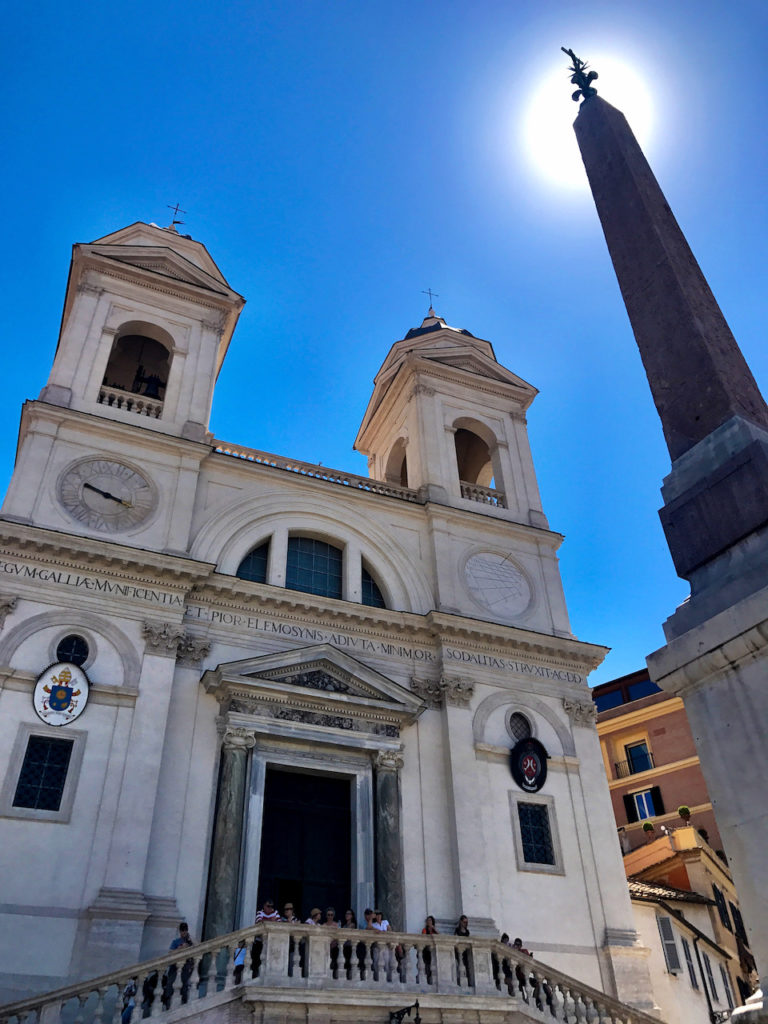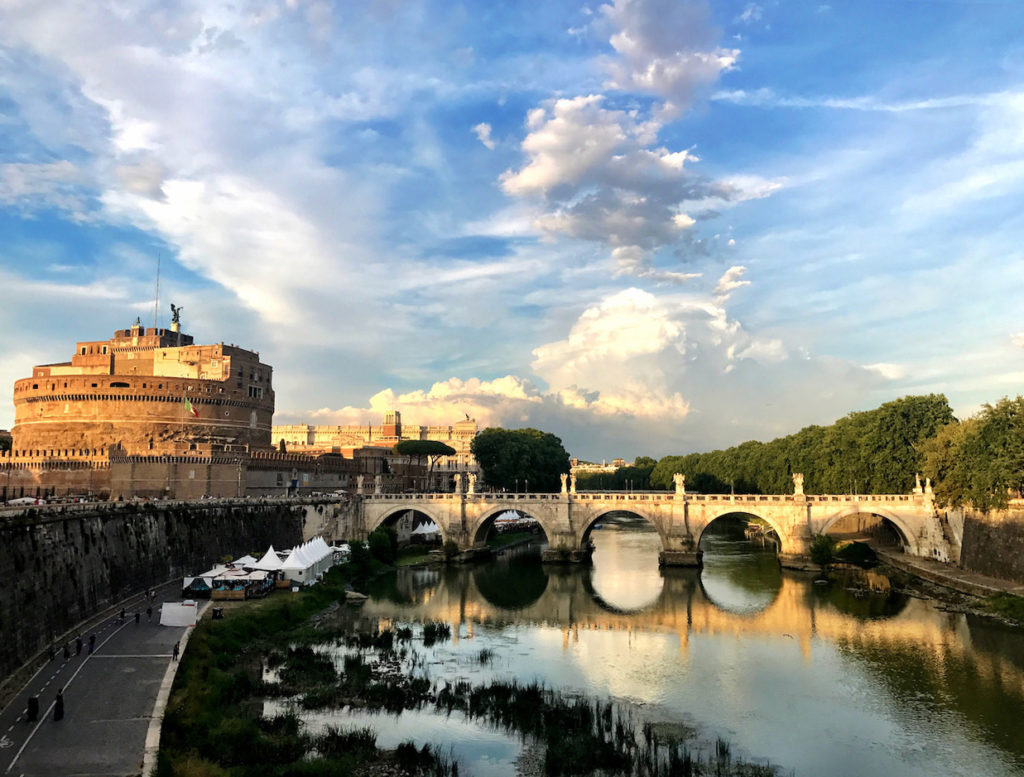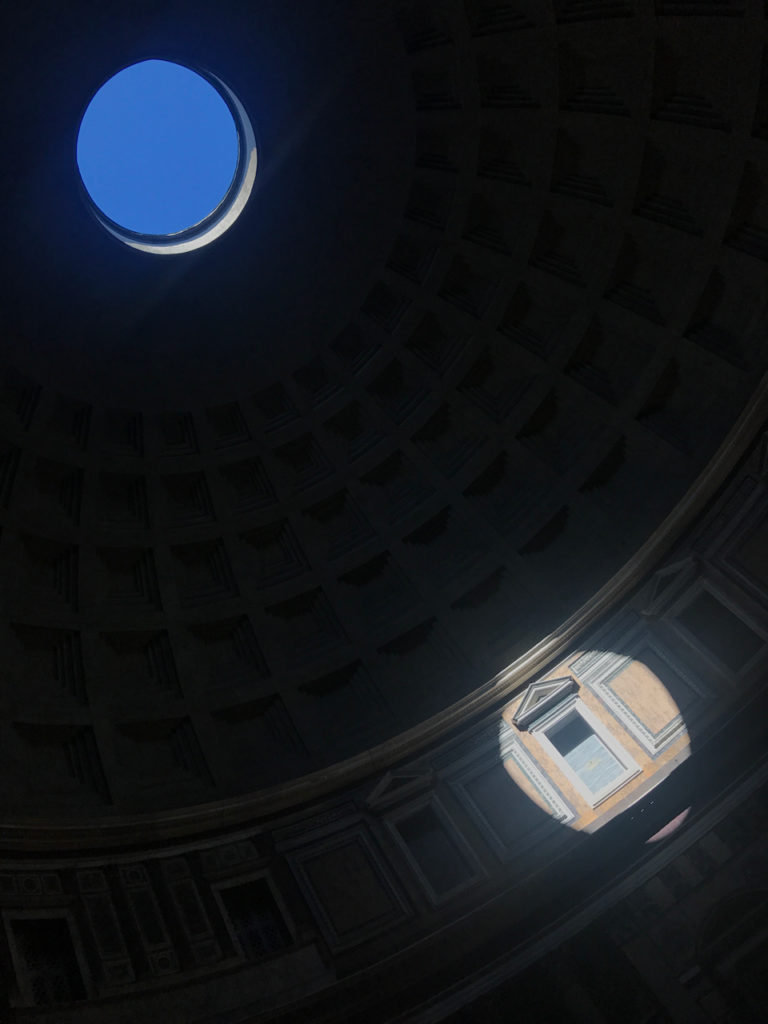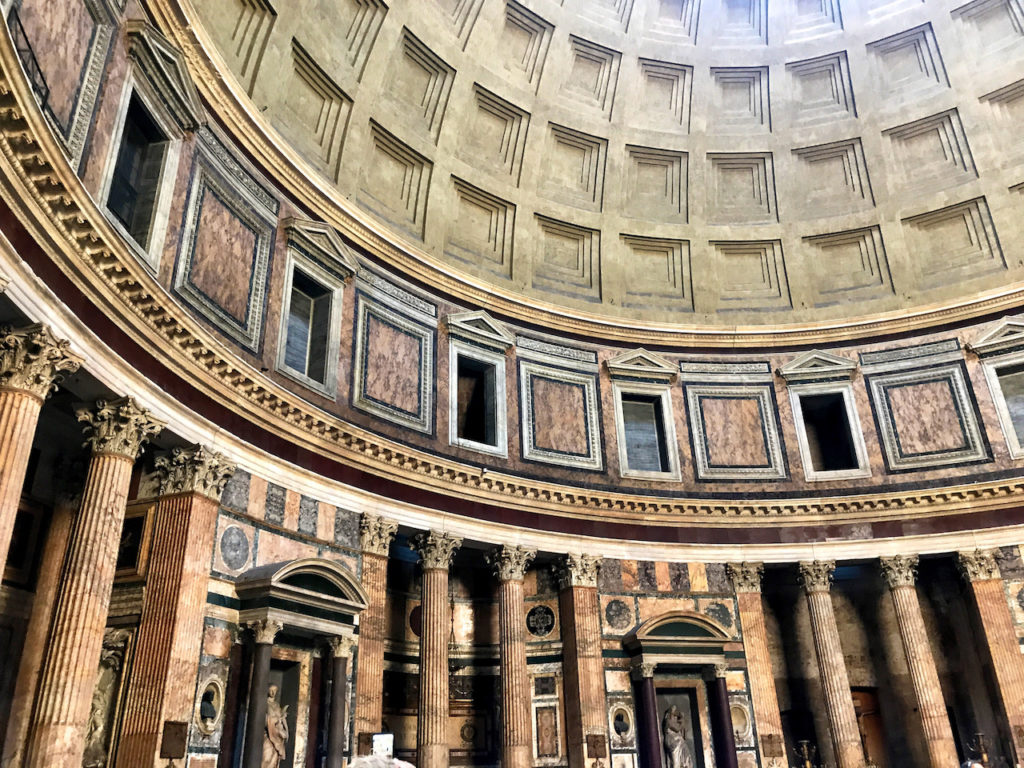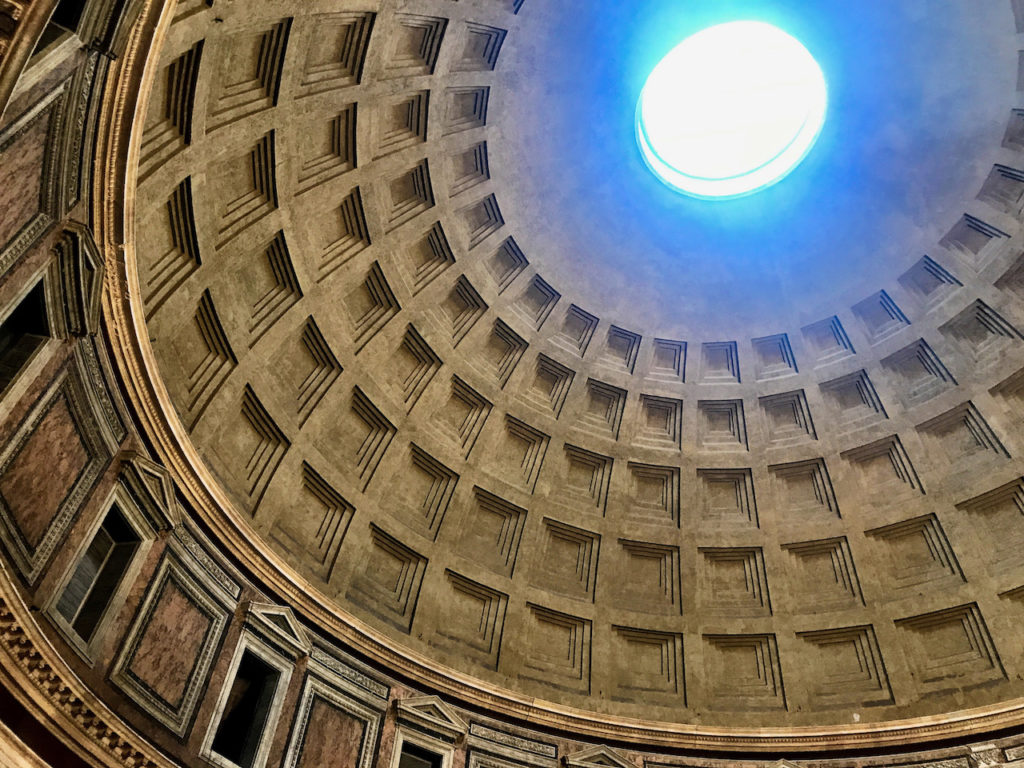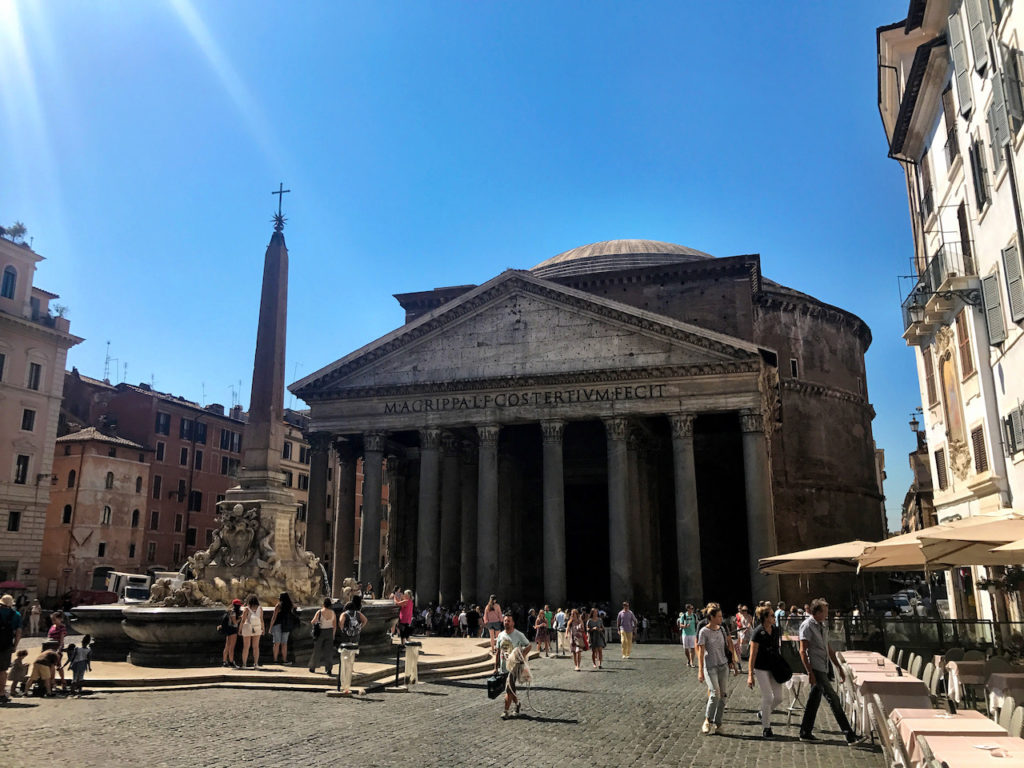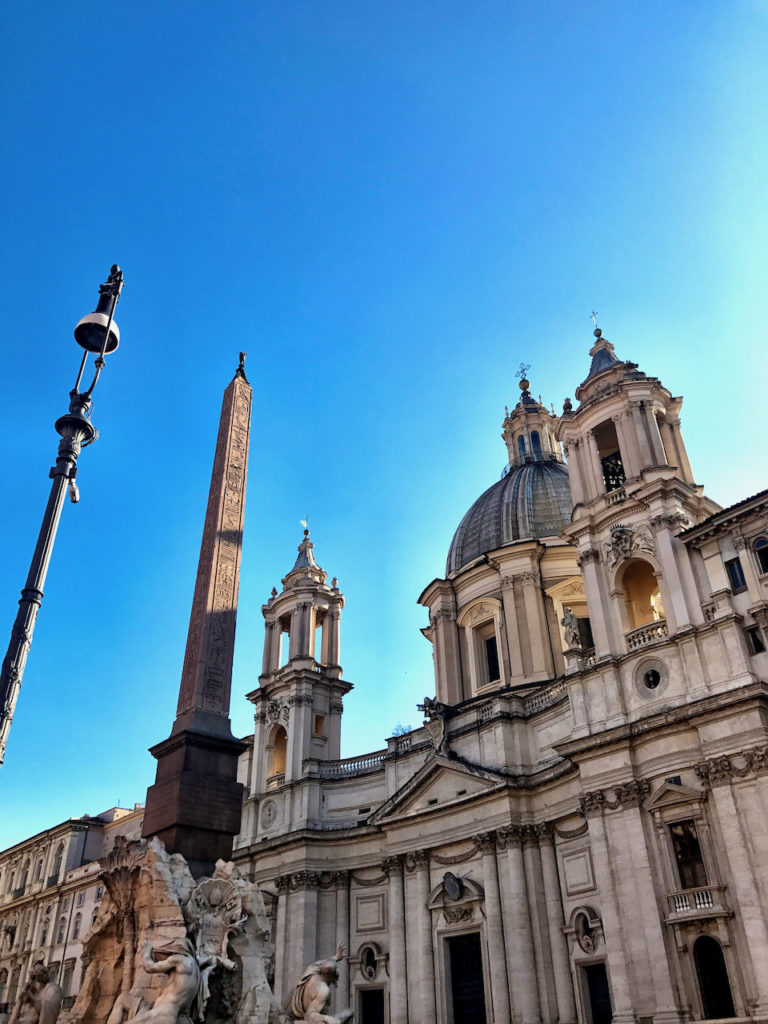In 2002 I purchased a shareholding from Murray and Sue and become a director of Cadimage. The business was continuing well, and we were continuing to grow. Gareth had fully taken over the visualisation part of the business and we had a couple of team members dedicated to that while we also have 2-3 developers working on our custom ArchiCAD Developments along with updates to the New Zealand Tools.
Gareth had also been responsible for training and somewhere along the line left Cadimage to teach at Unitec.
Gareth had become a key person for the visualisation so this left Murray and me with a bit of a dilemma as to how to continue that part of Cadimage.
We had a number of discussions with Gareth to come back on board in a contract role. Very quickly Gareth began to wonder about the potential IP he would be generating for Cadimage and how best to be recognised/compensated for this.
Following one of these catch-ups I suggested to Murray that the best would be for us to form a new company and for Gareth to be a shareholder. While visualisation was going well the majority of the sales revenues and profit were based on ArchiCAD and the development side of the business. We felt that in order to ‘grow up’ the visualisation should probably be its own business and begin to stand on its own two feet.
Therefore, in September 2003 we founded Buildmedia, Cadimage was the 75% owner and Gareth owned 25%. Two-three years later Murray bought out the Cadimage Share as by that time I was Managing Director fo Cadimage and Murray was spending the majority of his time working for Buildmedia.
I was a director of Buildmedia when we first incorporated and then stood down when Murray purchased Cadimages’ shares. I stayed closely involved with Buildmedia as for a number of years we worked out of the same office, before they took the plunge and moved to an office ‘over the bridge’. I became a director again in 2011 after I helped facilitate a way for Gareth to buy out Murray’s shareholding. I remained a director until I moved overseas in 2016.
I remain closely involved with Buildmedia to this day as a Business Advisor. Over the years Buildmedia – like any business – have faced its ups and downs. It took a few years to get started but today they have a healthy business that is constantly pushing the bounds of visualisation and not only focused solely on Architecture. Their recently released Realspace product is world-leading. Gareth has introduced two shareholder employees and its great to see how the business continues to evolve.
Update: 25.05.2023
Today I was revisiting some of my older posts and thought it was worth adding an addendum to the story above.
During the second half of 2022 I worked closely with Gareth and his shareholders as Buildmedia moved into the next stage of its journey via an acquisition by London based The Boundary.
Buildmedia’s Realspace development had caught the eye of Tim from The Boundary and he saw the potential for a combined worldwide offering.
This transition to a new working model for Buildmedia has seen my advisory role concluded. Overall it was a great journey with Buildmedia from founding through to an amazing exit – though the word exit doesn’t mean a conclusion but simply the beginning of the next chapter.
